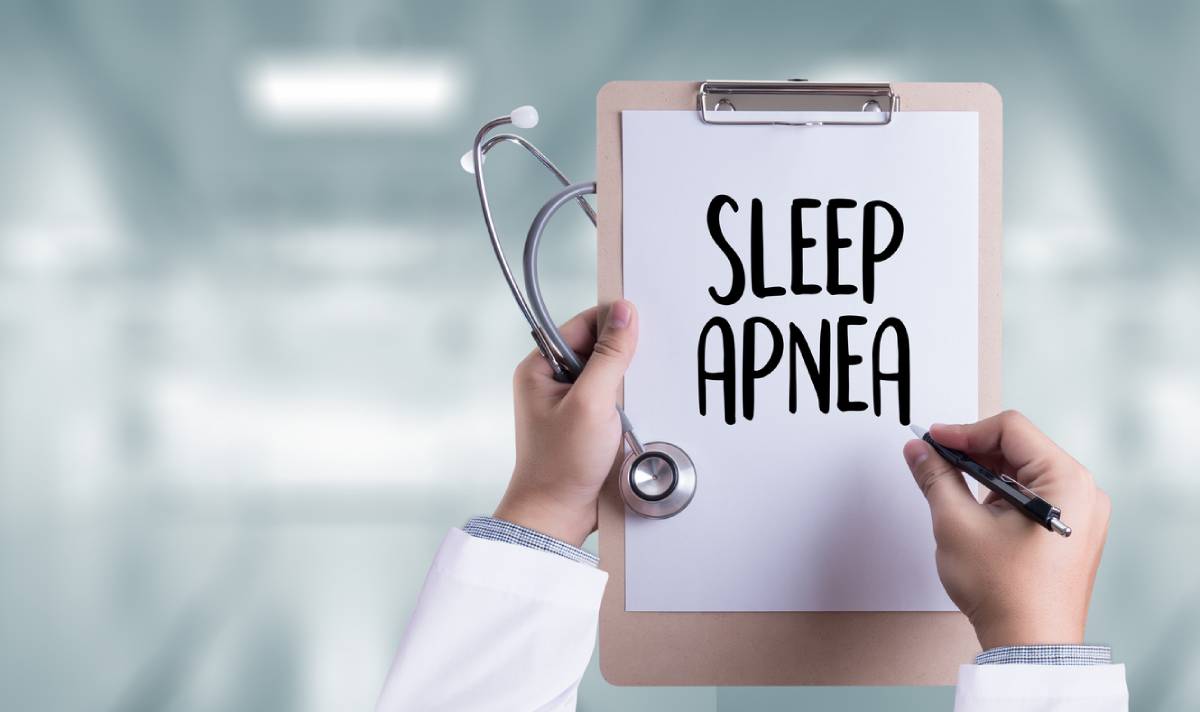Living with sleep apnea can present a nightly challenge, with effects that linger into the day. From fatigue to headaches, the symptoms can make it more difficult to complete what would otherwise be simple tasks. Using an Inspire upper airway stimulator can provide notable improvements. Below, we cover how an airway stimulator can help sleep apnea symptoms.
How Does an Airway Stimulator Help Sleep Apnea?
Airway stimulators serve as an exceptional treatment option for obstructive sleep apnea (OSA). The device monitors a patient’s breathing patterns at every stage of sleep. When airflow obstruction occurs, it notes this decrease and provides a mild electrical stimulation to the airway. This low level of electrical stimulation simulates the natural firing of neurons in the muscles. A patient will not feel it, but it will open the airways to restore breathing.
It does this in two steps:
- The Inspire device sends a small electrical impulse directly to the nerves that control the tongue.
- The impulse causes the tongue to move forward and dilate the pharynx.
- No longer obstructed by the tongue, air can pass through the pharynx.
Why an Airway Stimulator Works So Well
Part of what makes the Inspire airway stimulator unique lies in its adaptive settings. The device allows your physician to adapt the strength of the stimulation depending on what is needed to open the airways.
Though we recommend starting with the lowest possible setting, higher settings prove helpful for more significant cases of OSA.
What truly makes an airway stimulator exceptional is its ease of use. Your specialist implants the device under the skin. To stop the symptoms of your sleep apnea, you just need to turn it on before going to bed. The device has three parts:
- The Generator: This rests over the chest muscles.
- Sensor Wire: Placed in the rib cage and connected to the generator.
- Electrode: This wraps around the nerve connected to the tongue.
Do You Feel the Stimulus?
When awake, you may feel a brief sensation if the device activates. Most patients describe this as a mild tingling in the tongue.
In any case, the airway stimulator does most of its work while you sleep. The mild stimulus remains weak enough that it does not wake a patient up during sleep. Instead, it allows you to obtain better quality, more restful sleep.
Waking up throughout the night is one of the main issues with OSA. This interruption can lead to chronic sleep-related issues, such as fatigue, memory issues, mental health changes, and more. An airway stimulator helps resolve this issue by keeping your breathing steady throughout the night.
Is an Airway Stimulator the Same as CPAP?
When patients come in for OSA treatment, many worry that they need a CPAP machine. While CPAP (continuous positive airway pressure) proves useful in some cases, it does come with drawbacks. Namely, patients dislike the requirement to wear a mask and the noise that comes from the machine.
Fortunately, an airway stimulator and CPAP are not the same treatment. An airway stimulator has none of the hassles of a CPAP machine. Advantages of an airway stimulator include:
- Nothing to plug in
- No mask to wear
- No bothersome attachments
- Easy to use (only requires your remote)
- No noise
When Does a Patient Qualify for an Airway Stimulator?
Millions of people in the US have OSA. However, the severity can vary significantly. Usually, your sleep specialist will start with less invasive options. For example, a mandibular advancement device works well for mild cases.
Since an airway stimulator does involve surgical placement, specialists want to ensure a candidate is right for the procedure. Typically, your specialist will look at:
- Sleep Apnea Severity: Patients with moderate to severe OSA tend to benefit most from an airway stimulator. Specialists measure severity by looking at the number of obstruction events per hour. With 15 to 65 events per hour, you may sit in the suitable range for this treatment.
- CPAP Intolerance: If you cannot use a CPAP machine, this option is a suitable alternative.
- BMI: Obesity directly contributes to OSA for many patients. Patients with a BMI over 35 may first need to reduce their weight to qualify.
- Age: Patients typically will need to be 18 years or older.
- Airway Anatomy: Your specialist will evaluate your tongue and throat structures. They must be situated in such a way that stimulating the tongue will sufficiently open the airway.
A Sleep Apnea Doctor with Results
Dr. Shukla has served as a leading sleep doctor for decades. Contact his office to learn more about how he can help you find better sleep for years to come.


